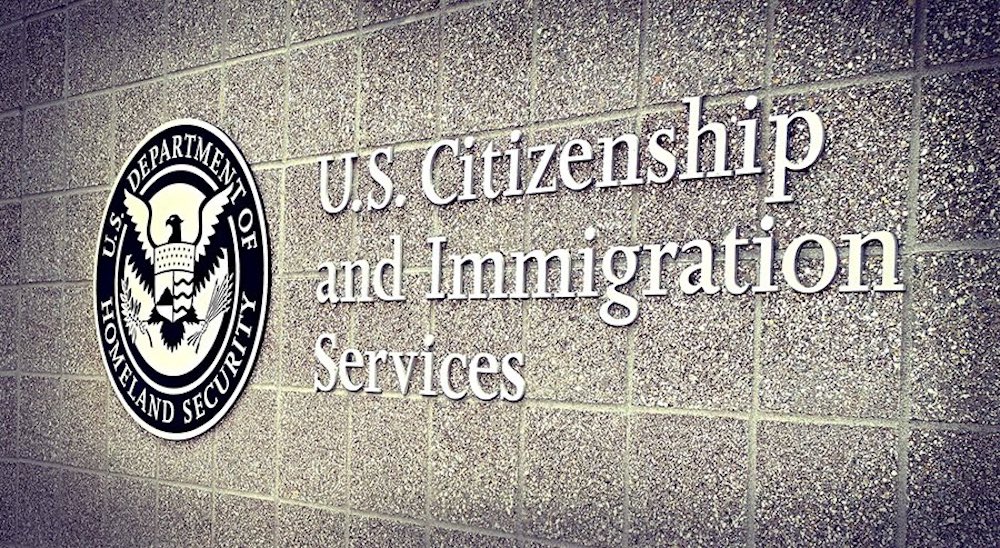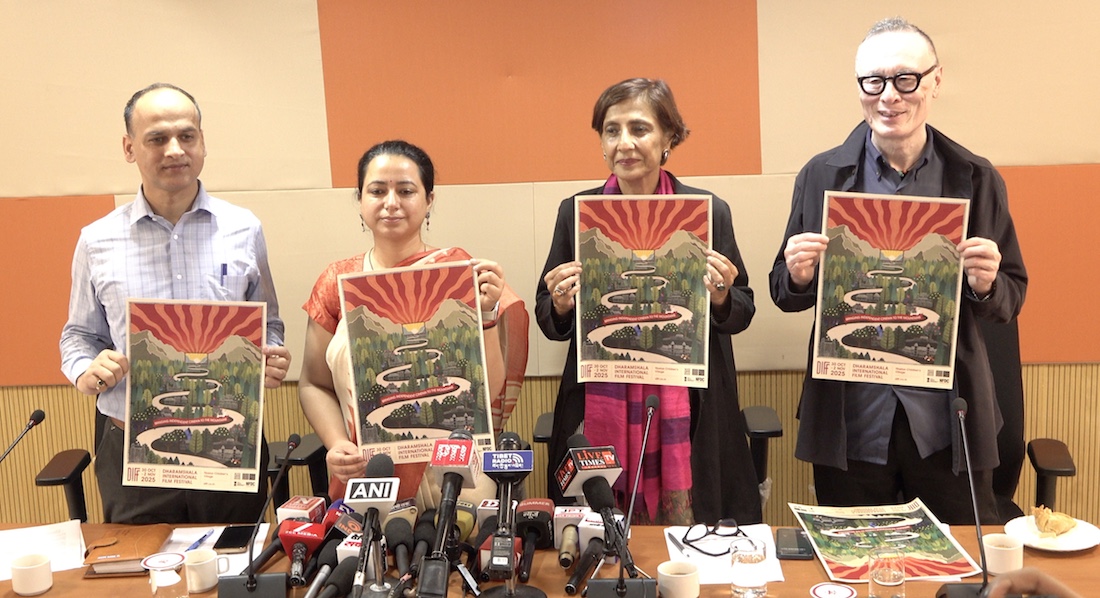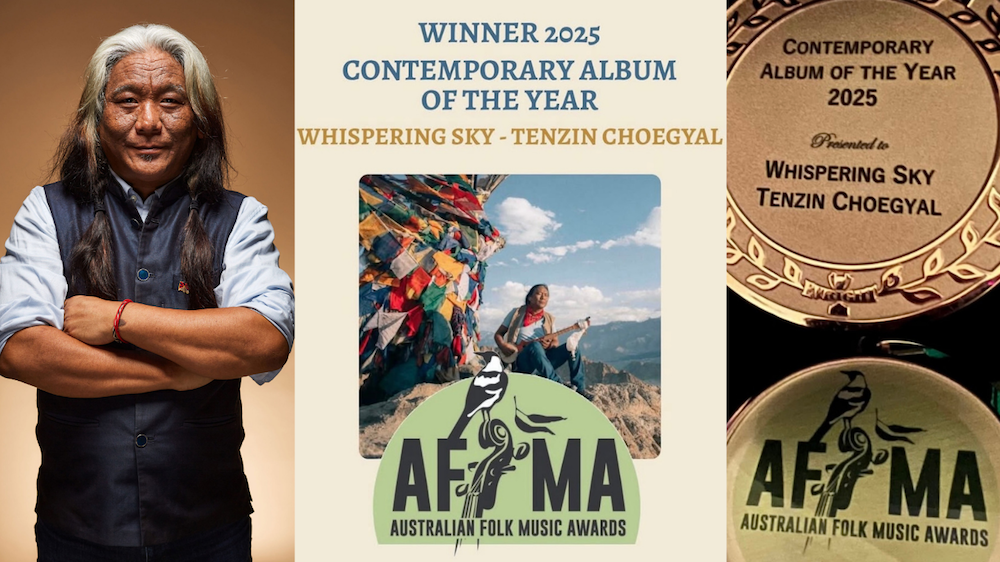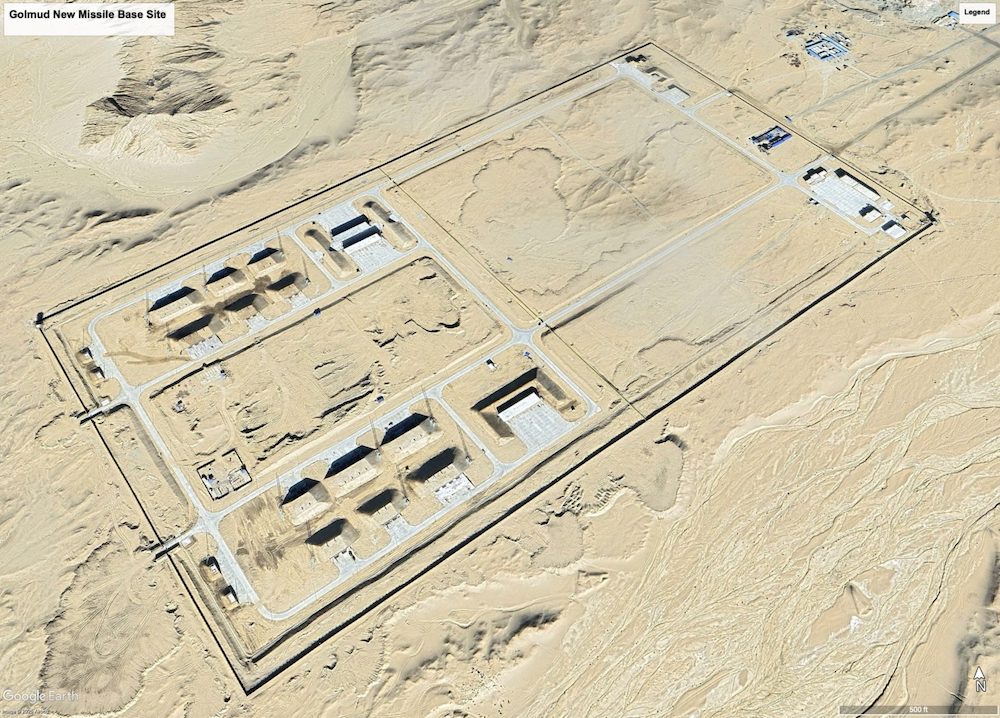 By Erik Lundegaard
By Erik Lundegaard
It would be hard to come up with a greater test case for the world’s apathy than Tibet.
An isolated region, which for more than 1,000 years dedicated itself to spiritual enlightenment, is invaded by its neighbor, the communist Chinese (once called “Godless” in this country), who slowly remake it in their image. They ban religion. They force the country’s spiritual and political leader, the Dalai Lama, to flee for his life. They massacre monks and nuns. They import tens of thousands of their own people to replace those they massacre. As the decades pass, the Tibetan people and their culture are slowly buried. And how does the world respond?
It yawns. Sometimes it gives rock concerts. The best devote a portion of their lives to lobbying for Tibet’s freedom. For years this meant freedom from Chinese rule, but increasingly it means freedom from genocide.
In this light, it may be unseemly to say anything negative about first-time director Tom Peosay’s new documentary, “Tibet: Cry of the Snow Lion,” but it’s never a critic’s job to be seemly.
“Snow Lion” is basically Tibet 101, with a focus on the past 50 years of Chinese repression. Interviews with various monks and nuns juxtapose an idyllic, pre-repression childhood with decades of torture suffered in Chinese prison and labor camps. Footage of colorful rural festivals and horse-riding escapades are juxtaposed with the famine, squalor and prostitution in present-day Lhasa, Tibet’s capital.
As a gesture to impartiality, we get a Chinese government spokesman trotting out the government line that Tibet has been a part of China since the 13th century, but this point is allowed to disappear without refutation or clarification. Much of the documentary is this way. It focuses too much on what we know and not enough on what we don’t.
There’s also a muddy, emotional liberalism here that (although liberal) I found annoying. The filmmakers, for example, view a head-banging, Foo Fighters mosh pit at a Tibetan Freedom concert in San Francisco as somehow positive, when, for me — particularly after the testimonials of torture and repression — it exemplified our culture’s idiotic, head-banging spiritual bankruptcy.
The documentary improves as it brings us up to date. Mao died in 1976, and the Cultural Revolution died with him. Capitalism arrived soon after. Isn’t this all good?
It’s not. The Machiavellian nature of a totalitarian regime is mixing with the callousness of capitalistic economic forces to help bury Tibet’s culture. The most disheartening story is the last.
In 1995, a 6-year-old Tibetan boy was hand-picked by the Dalai Lama to be the 10th Panchen Lama — the second-ranked spiritual leader of Tibet, and the reincarnation of the ninth Panchen Lama, who died in 1989. Soon afterward, the boy was kidnapped by the Chinese government, who saw his appointment as an usurpation of their authority. They’ve since chosen, and are educating, their own Panchen Lama, who will one day pick the reincarnated (15th) Dalai Lama after the current Dalai Lama dies.
The thought of such a spiritual undertaking in the hands of bureaucrats for whom “religion is poison” (as Mao once said) creates a kind of slow horror that almost redeems the rest of the film.
Erik Lundegaard: elundegaard@earthlink.net









